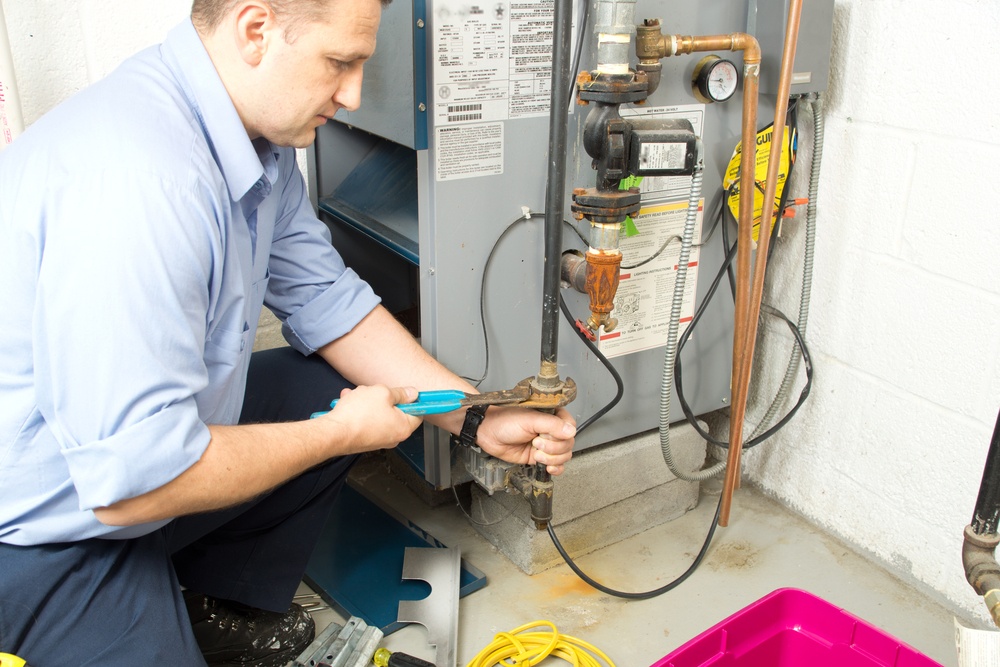 When the weather’s cold, you don’t want to be without your furnace. With a little maintenance here and there, your furnace will keep your home warm for a long time. But how do you know when it’s time to get a new furnace? Here are a few of the biggest warning signs that it’s time to think about getting a new one.
When the weather’s cold, you don’t want to be without your furnace. With a little maintenance here and there, your furnace will keep your home warm for a long time. But how do you know when it’s time to get a new furnace? Here are a few of the biggest warning signs that it’s time to think about getting a new one.
Age
How old is your furnace? Like all household appliances and fixtures, furnaces have an expected lifespan. On average, a furnace lasts anywhere from 15 to 20 years, so if your furnace is already in that age range or getting very close to it, it’s time to start planning for a new furnace in the not too distant future.
High Heating Bills
There are many different reasons why your energy bills might be higher than you’d like them to be, such as you don’t have enough insulation in your home or your windows and doors are drafty. But if you’ve gone through your home and taken steps to make your home more energy efficient by adding weatherstripping, having more insulation installed, or getting new vinyl replacement windows, but you still aren’t seeing the results you want, your furnace might be the problem. If you have an older furnace, it might not be as energy efficient as a newer model is. Over time, furnaces also tend to stop operating at their peak performance levels, meaning they have to work harder to produce the same results.
Frequent Service Calls
Over the past couple of years, has your furnace broken down so many times that you’ve gotten to be on a first-name basis with your service technician? While an occasional service call here and there is to be expected, furnaces tend to break down the most frequently in the last couple of years of their useful life. Of course, you can always just keep repairing your current furnace, but after a certain point, it may be easier and more affordable for you to get a new furnace.
Your Home Is Unevenly Heated
When a furnace is running correctly, your house should pretty consistently be the same temperature from room to room. But if you notice that some rooms are considerably warmer or colder than others, there could be an issue that’s preventing your furnace from evenly heating your home. If you’re having this problem with an older furnace, it’s often a sign that it’s time to get a new furnace.
Unusual Sounds
It’s perfectly normal for a furnace to make some noise when it’s running, but noises like rattling, screeching, popping, banging, or grinding are not the kinds of things you should be hearing. Those types of noises are a big red flag that your furnace needs attention and, depending on the problem, may need to be replaced.
Signs of Carbon Monoxide
Old, failing furnaces can leak dangerous carbon monoxide into your home. Since carbon monoxide is colorless and odorless, it’s entirely possible for you to have dangerous levels of carbon monoxide in your home without even realizing it. Your best bet is to keep a carbon monoxide detector by your furnace, but there are other signs that your furnace is giving off carbon monoxide. If you look at the pilot light and the flame is yellow instead of blue, that’s a big sign. You might also see condensation accumulating on walls and windows, soot marks near the furnace or rust on the furnace’s pipes. If you have a fireplace, you might also notice that there isn’t an upward draft in your chimney.






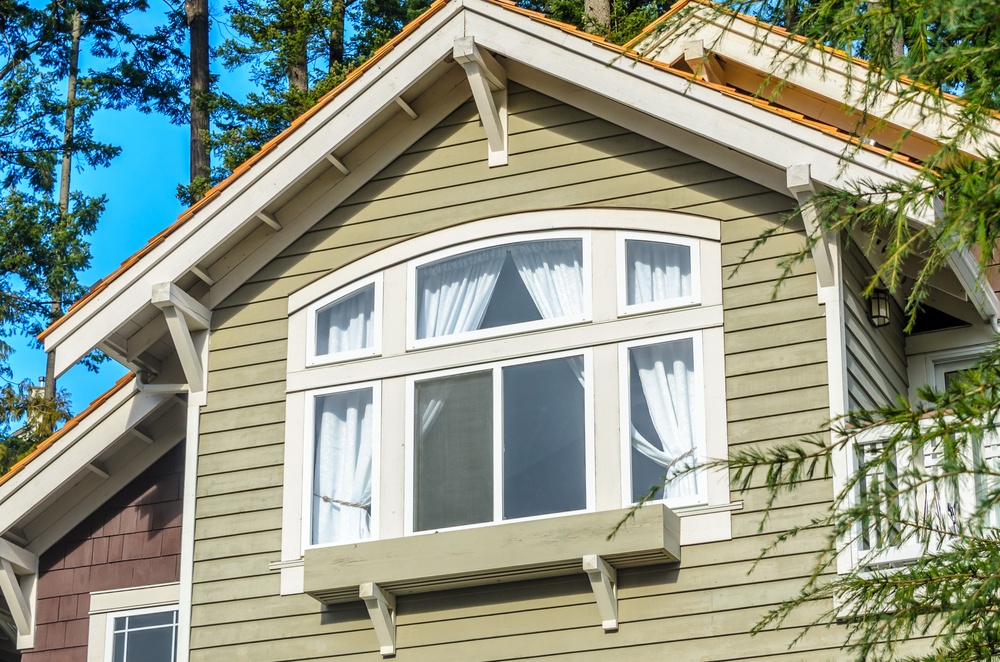
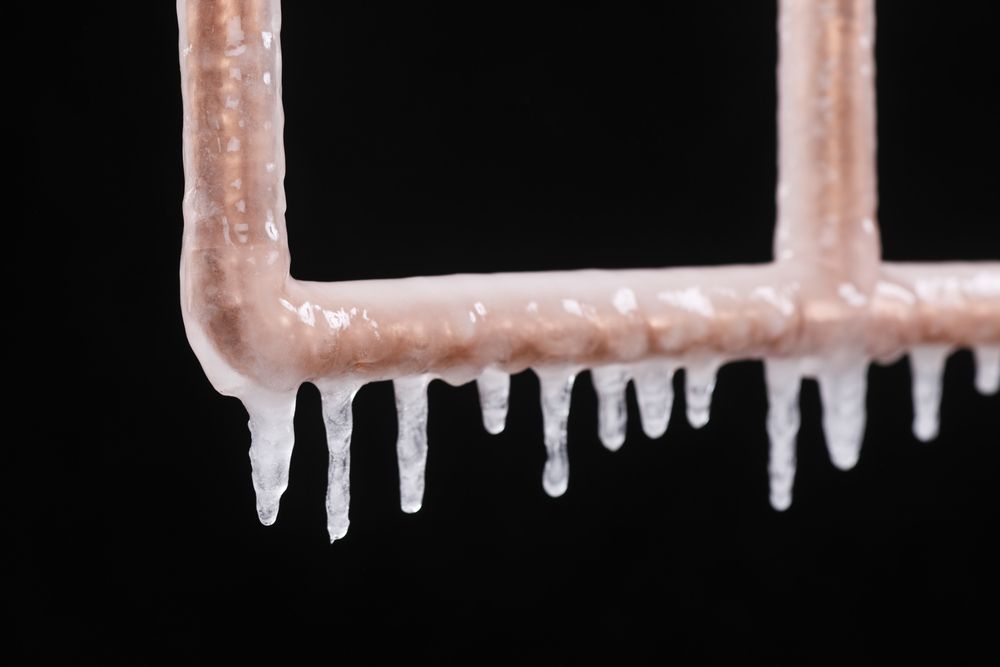
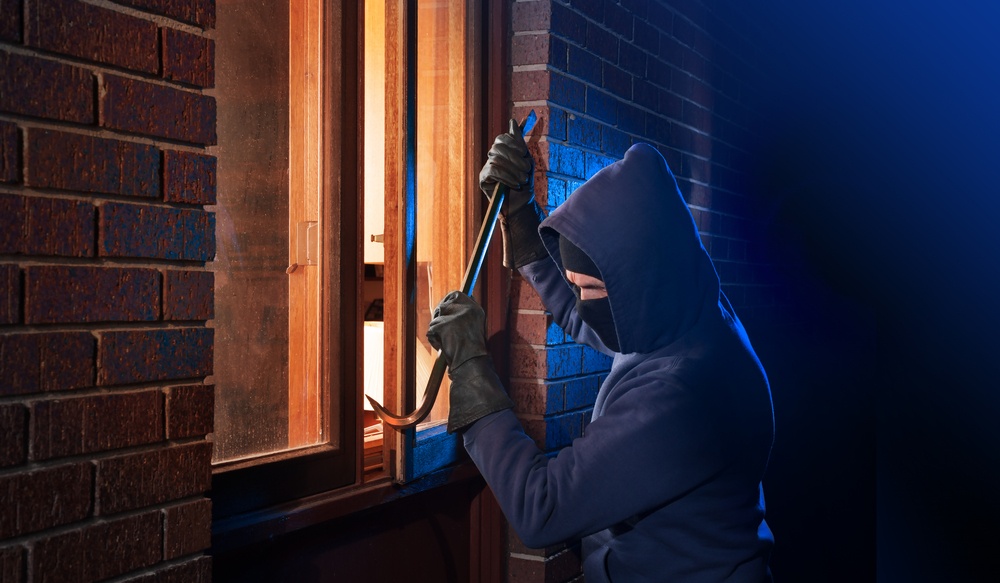
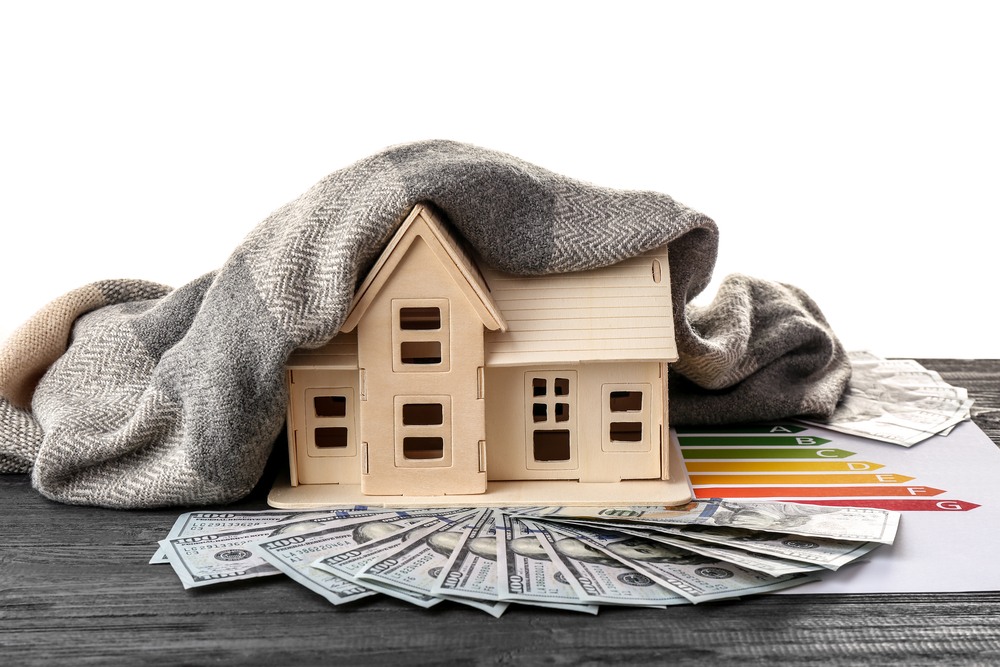 Stay Warm Without Turning Up the Heat
Stay Warm Without Turning Up the Heat